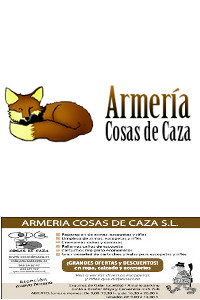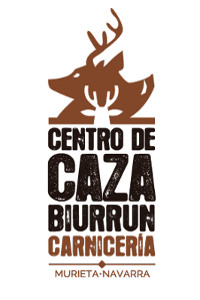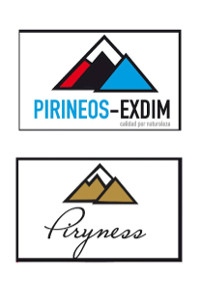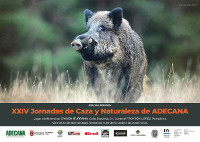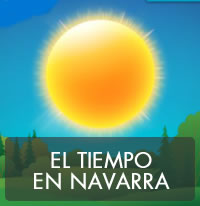Sidebar
Glossary
Joomla uses groups as a method of assigning permissions.
Default groups: Public, Guest, Manager, Administrator, Registered, Author, Editor, Publisher, Publisher, Super Users. However, you can create unlimited user-defined Groups.
A link in the back-end that allow you to see what the front-end would look like while you’re still working in the back-end.
The program that uses client/server models. It provides the communication between the browser on the client device and the server where the website files and database are stored. Joomla works with two leading web servers: Apache and Microsoft IIS (Microsoft's Internet Information Server).
A “what you see is what you get” editor.
One of the elements of the model-view-controller design pattern used for Joomla core components. The view is responsible for generating output sent to the browser by the component. The base API class we use for views is called JView.
A Joomla module that allows you to “wrap” directly other Web sites for display on your Joomla site at a specific location as determined by the Module Position and the Pages Items section. The web page is inserted as an Inline Frame (also called an Iframe) into the web site layout template.
It stands for Extensible hypertext markup language and is an application of XML. Most Joomla pages are based on XHTML.

















